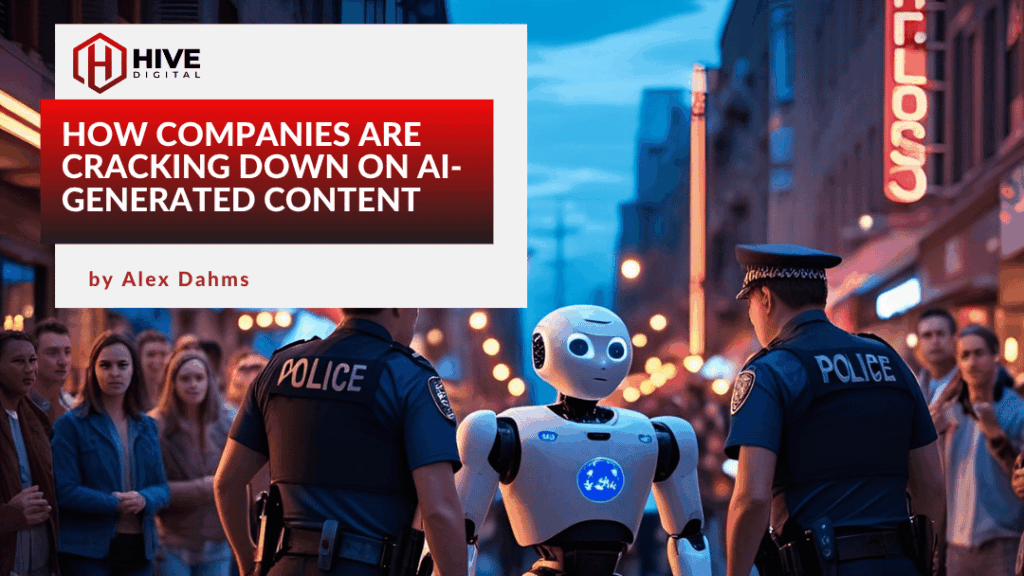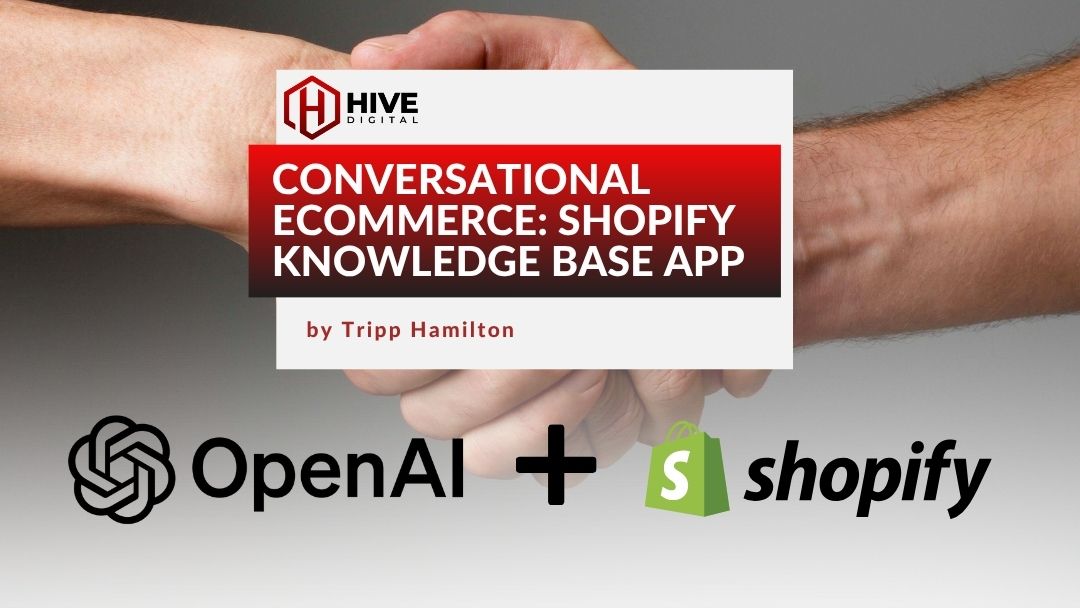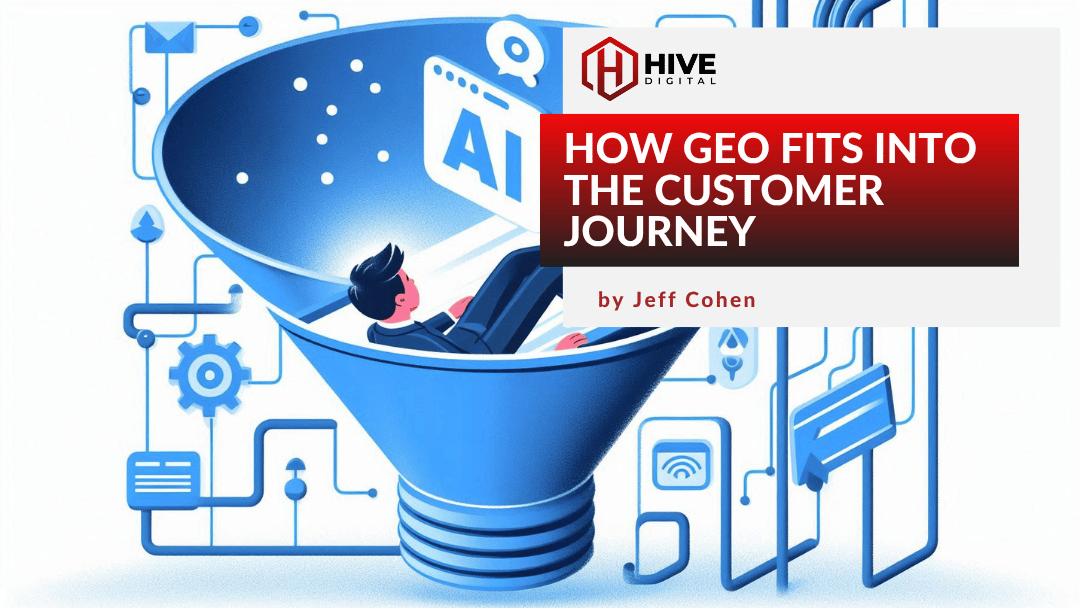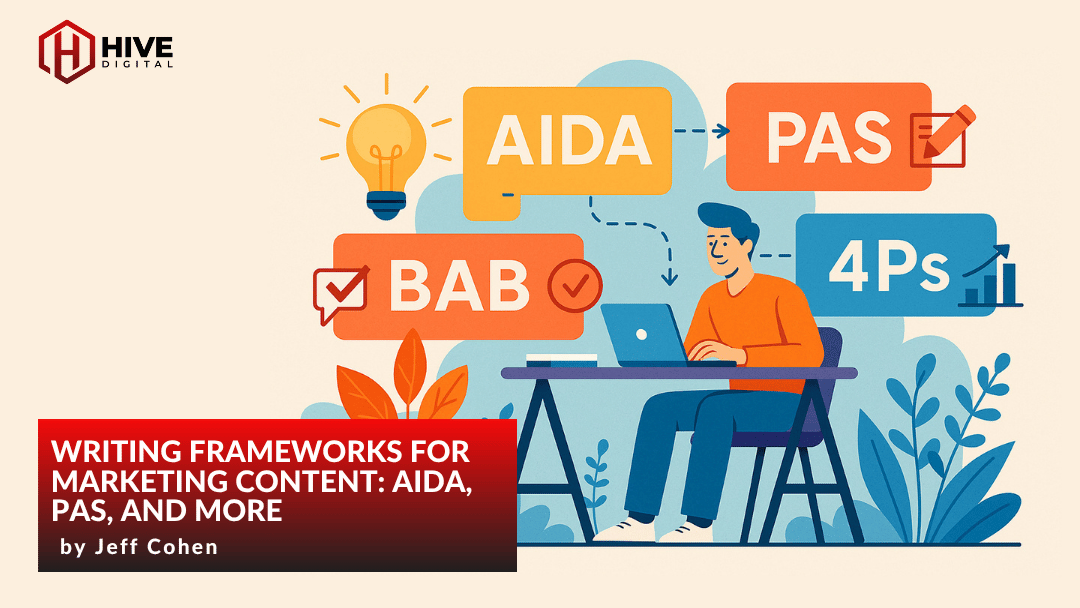Listen, I’m sure a lot of you are just as frustrated as I am with low-effort AI content constantly popping up in our YouTube, Facebook, Reddit, and Instagram feeds. And the saddest part is, this content is being promoted to audiences that interact with it that sends a positive signal, whether they believe the content is real, find it entertaining, or potentially don’t care that it is AI generated.
This AI content boom has flooded search engines, social feeds, and video platforms with unprecedented speed. Text and video produced by algorithms now dominate major online spaces, often indistinguishable from human-created work. Thankfully, platforms and regulators have started to push back recently. AI-generated content, once celebrated for its ability to save time and effort, now faces growing scrutiny from companies looking to preserve quality, transparency, and user trust.
From YouTube’s new monetization rules to Meta’s spam suppression policies, digital platforms are changing course. And in the background, the FTC is moving in with enforcement actions of its own. The message is abundantly clear: content must offer value over volume.
Why Platforms Like YouTube and Meta Are Responding Now
Ever since the arrival of these AI tools, we saw a rise in mass-produced, low-quality content. Platforms like YouTube, once relatively agnostic about how content was made, now treats AI slop as more of a liability. According to TechCrunch, YouTube will begin penalizing repetitive AI videos by adjusting algorithmic visibility and disabling monetization for channels that rely heavily on automation without editorial oversight.
Meanwhile, Meta has begun deprioritizing and demonetizing AI-generated spam on Facebook. Forbes reports that Meta plans to “limit the reach and revenue of unoriginal, low-effort AI content,” particularly when it floods feeds or misleads users. Personally, I don’t use Facebook anymore because of all the AI generated content I was seeing in my feed; supposed dream houses on beaches that would clearly wash away with a high tide, and underprivileged children from third world countries building Jesus statues out of plastic water bottles. Nevertheless, I am glad they are seemingly headed in the right direction.
Both companies recognize a pattern: as AI tools become more accessible, the internet becomes noisier. History has now shown that without intervention, content quality drops and users lose trust in platform credibility, search relevance, and the authenticity of what they’re consuming.
Google’s E-E-A-T and the Ongoing Helpful Content Update
Google’s Helpful Content update reinforces a simple rule: publish content that actually helps users. Since 2022, Google has used signals tied to Experience, Expertise, Authoritativeness, and Trustworthiness (E-E-A-T) to determine which pages deserve visibility. Now, in 2025, it applies those standards with even greater scrutiny, especially to AI-generated content.
Low-quality AI articles that regurgitate general information without meaningful insight rarely meet Google’s thresholds. According to TechDrawers, recent algorithm adjustments actively penalize pages that lack originality, demonstrate thin value, or fail to establish human expertise. A fun game I like to play is Google searching “as of my last knowledge update” and then adding a word on a subject of your choice, like “coffee” and seeing just how many websites out there publish AI generated text content without a single edit whatsoever. These are the types of signals Google is now heavily penalizing in organic SERPs.
In contrast, hybrid content written with AI assistance but reviewed by subject-matter experts or guided with human intent, often performs well. The distinction lies not in the use of AI, but in the final value delivered to the consumer. A great example of this is a recent short film uploaded to YouTube that was completely AI generated, but tells a coherent and genuinely well-written story about cloning a legendary Jazz artist that had passed. There are only a few tells that the short film is AI generated, but overall you can see that there was a lot of effort put into conveying this story and editing quality (especially the music). This is the most impressive use of AI generated video content I’ve seen to this day.
Regulators Join the Fight: FTC Launches Operation AI Comply
The private sector isn’t alone in addressing the issue. The Federal Trade Commission (FTC) has begun investigating companies that use AI tools to deceive users or obscure the origin of content. Through its Operation AI Comply, the FTC now targets organizations that misrepresent AI-generated messaging or violate consumer protection laws through automated content.
This signals a broader shift: governments want companies to disclose AI usage transparently, especially when it influences purchasing decisions or public perception. For marketers, the line between automation and deception has never mattered more.
What Creators and Brands Should Do Now
Mass-producing AI content to scale visibility is, thankfully, no longer a viable long-term strategy. Platforms and regulators have begun rewarding originality coupled with effort, and penalizing shortcuts. For brands and creators, this moment offers a chance to recalibrate.
Creators should now strictly use AI tools for production and planning efficiency, rather than a complete replacement for human insight. Let AI assist with outlines, idea generation, or surface-level drafting. But pass every output through a human lens that adds nuance, specificity, and most importantly, intention.
For instance, instead of publishing 100 derivative articles, focus on 10 that demonstrate expertise and depth. Build a framework that includes:
- Clear author attribution with real credentials
Attach a name, title, and relevant background to every piece of published content. When Google and readers see that your content comes from someone with demonstrable experience in the subject area, you improve authority and trust. Include author bios with LinkedIn profiles, years of industry experience, or links to previous work to further strengthen credibility. - Editorial review for tone, accuracy, and substance
AI can produce grammatically correct content, but tone and factual depth require human review. Editors should assess whether the content aligns with brand voice, offers unique value, and reflects up-to-date knowledge. Remove fluff, correct inaccuracies, and ensure every section contributes something concrete to the user’s understanding or decision-making process. You should quite literally read the content out loud to yourself to make sure it doesn’t sound too generic or boring. - Structured formatting optimized for both users and search engines
Use descriptive H1, H2, and H3 headers to organize information clearly. Break long blocks of text into digestible paragraphs, include bulleted lists where appropriate, and insert internal links that guide users to related content. At the same time, optimize headlines and metadata with target keywords to support SEO goals. Structure helps both human readers and search crawlers understand and navigate the content efficiently.
Overall you should publish content with the intent to educate, clarify, or solve a problem, not just to rank. This is a big part of what separates valuable content from the less valuable.
Looking Ahead: AI Content Won’t Disappear, But It Will Be Scrutinized
AI won’t vanish from content workflows. It’s too powerful and too convenient, but companies will continue to filter AI-generated content more aggressively based on value, transparency, and authenticity.
YouTube has already started demonetizing inauthentic AI-driven channels. According to Moneycontrol, the company’s new policies went live on July 15, 2025, cutting off ad revenue for mass-produced videos that lack editorial input or audience value.
This shift doesn’t signal a rejection of AI itself. Instead, it reflects a broader attempt to raise standards across digital content. Google’s Helpful Content system, Meta’s downranking policies, and the FTC’s involvement all point in the same direction: AI can support content, but as we’ve gone over earlier, it cannot convincingly replace craft, intention, or credibility.
Forward-thinking marketers and content creators will treat AI platforms as the effective tools they are, not as a complete replacement for content generation. They’ll continue to produce content that answers specific questions, builds trust, and meets evolving expectations across platforms. Those who adapt quickly will avoid penalties and gain an advantage in visibility and authority.
In a digital space crowded by sameness, clear intention will stand out. Whether content is built with AI assistance or entirely by hand, what matters is its value to consumers. Our content team at Hive Digital understands how important this human element is, even in a field as tech-immersed as digital marketing. Reach out for more information on AI tools, AI-assisted content creation, or for other SEO services.










